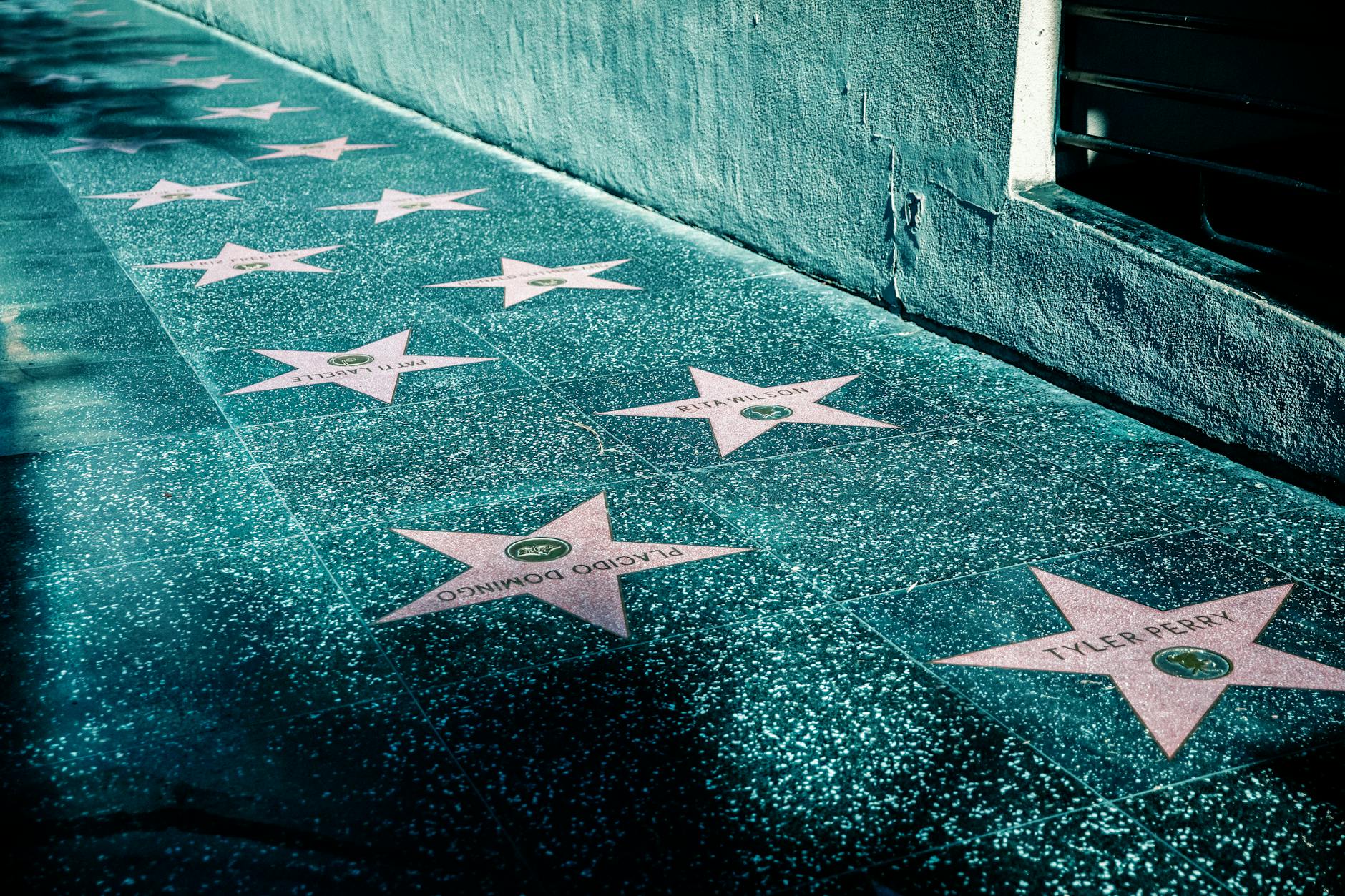When Stars Align: The Curious Case of Celebrity Doppelgangers
Exploring the uncanny resemblances that make us do a double-take.
In the ever-present spotlight of Hollywood, certain celebrities possess a striking familiarity, not to each other, but to the everyday person. These instances of remarkable likeness, often referred to as celebrity doppelgangers, can lead to moments of genuine confusion and amusement. While the entertainment industry thrives on individuality, these uncanny resemblances highlight the intriguing patterns of human features and the way we perceive them. This phenomenon has captivated the public imagination, sparking countless social media discussions and viral photo comparisons.
The Power of a Shared Face
The concept of a doppelganger, a spectral double of a living person, has roots in folklore and superstition. However, in the modern context of celebrity culture, doppelgangers are simply individuals who bear a striking physical resemblance to famous personalities. These resemblances are often so profound that they can lead to mistaken identity. As reported by E! News, actress Elizabeth Banks once recounted an experience in Toronto where a man approached her, mistaking her for someone else entirely, underscoring the very real instances where these look-alike situations occur. Such anecdotes illustrate the peculiar intersection of fame and everyday life, where the visual cues we associate with celebrities can unexpectedly manifest in unexpected places.
Uncanny Resemblances Across Hollywood
The world of entertainment is replete with examples of these striking visual parallels. From actors who share similar facial structures and expressions to musicians whose stage presence echoes that of established icons, the phenomenon is widespread. These doppelgangers often gain their own modest following online, with fans marveling at the apparent genetic coincidences. Websites and social media platforms dedicated to showcasing these celebrity look-alikes have proliferated, demonstrating a public fascination with the idea that even in a sea of unique faces, familiar visages can reappear.
Consider the case of actors like Zooey Deschanel and Katy Perry, whose similar blue eyes, dark hair, and overall facial features have long been a subject of popular comparison. Similarly, the resemblance between actors Natalie Portman and Keira Knightley has been noted so frequently that Knightley even played a double of Portman’s character in the film Star Wars: Episode I – The Phantom Menace. These instances are not merely superficial; they delve into the subtle nuances of facial symmetry, bone structure, and even expressive qualities that contribute to a recognizable likeness. The sheer volume of these comparisons suggests a shared aesthetic framework through which we interpret and recognize individuals.
The Science and Psychology Behind Look-Alikes
While the human tendency to find patterns is well-documented, the prevalence of celebrity doppelgangers also touches upon the science of facial recognition. Our brains are adept at categorizing faces, and when features align across individuals, even those in disparate contexts, we tend to notice. Researchers in psychology and computer science have explored the algorithms and neural pathways involved in facial perception. These studies suggest that certain combinations of facial attributes are more common than others, leading to a higher probability of encountering individuals with similar appearances, regardless of their public profile.
The fascination with doppelgangers can also be attributed to a psychological phenomenon known as the “mere-exposure effect,” where familiarity breeds liking. Seeing a face that resembles a beloved celebrity can evoke positive feelings associated with that star, creating an almost immediate sense of connection, albeit a mistaken one. This is compounded by the constant visual barrage of celebrity images, which primes our recognition systems to identify familiar patterns.
Navigating the World of Mistaken Identity
For individuals who bear a striking resemblance to famous personalities, life can present unique challenges and opportunities. While some may embrace the attention, others might find the constant mistaken identity to be disruptive. Anecdotal evidence suggests that these doppelgangers often develop strategies for dealing with public recognition, ranging from politely correcting people to occasionally playing along with the charade. The underlying sentiment appears to be a mix of bemusement and a desire for personal recognition beyond the shadow of a celebrity.
The source material from E! News highlights a practical example: an actress being mistaken for someone else in a public setting. This underscores that the experience is not limited to ordinary individuals but can also occur for those accustomed to being recognized, albeit for their own identities. The ease with which a likeness can be perceived in a casual encounter speaks to the power of visual association in our social interactions. It also raises questions about the nature of identity in an era where digital avatars and public personas are as potent as physical presence.
Key Takeaways on Celebrity Doppelgangers
- Celebrity doppelgangers are individuals who bear a strong physical resemblance to famous personalities.
- These resemblances can lead to moments of mistaken identity, both for the public and sometimes for the celebrities themselves.
- The phenomenon is fueled by human pattern recognition and psychological factors like the mere-exposure effect.
- Numerous online platforms and social media discussions are dedicated to showcasing and discussing these uncanny likenesses.
- For individuals who resemble celebrities, these likenesses can present both unique challenges and curiosities in their daily lives.
The enduring appeal of celebrity doppelgangers lies in their ability to bridge the gap between the extraordinary world of fame and the ordinary experiences of everyday life. They serve as a reminder of the subtle symmetries and surprising coincidences that shape our perceptions and interactions. Whether it’s a chance encounter on the street or a viral photo shared online, the sight of a familiar face in an unexpected place continues to spark curiosity and conversation.
While there are numerous online articles and galleries showcasing celebrity look-alikes, directly linking to a primary source detailing the “science” or “psychology” of this specific phenomenon in a universally verifiable manner is challenging, as it often falls into the realm of popular culture observation rather than rigorously studied scientific theory. However, the foundational principles of facial recognition and pattern perception are well-documented in academic literature.


























